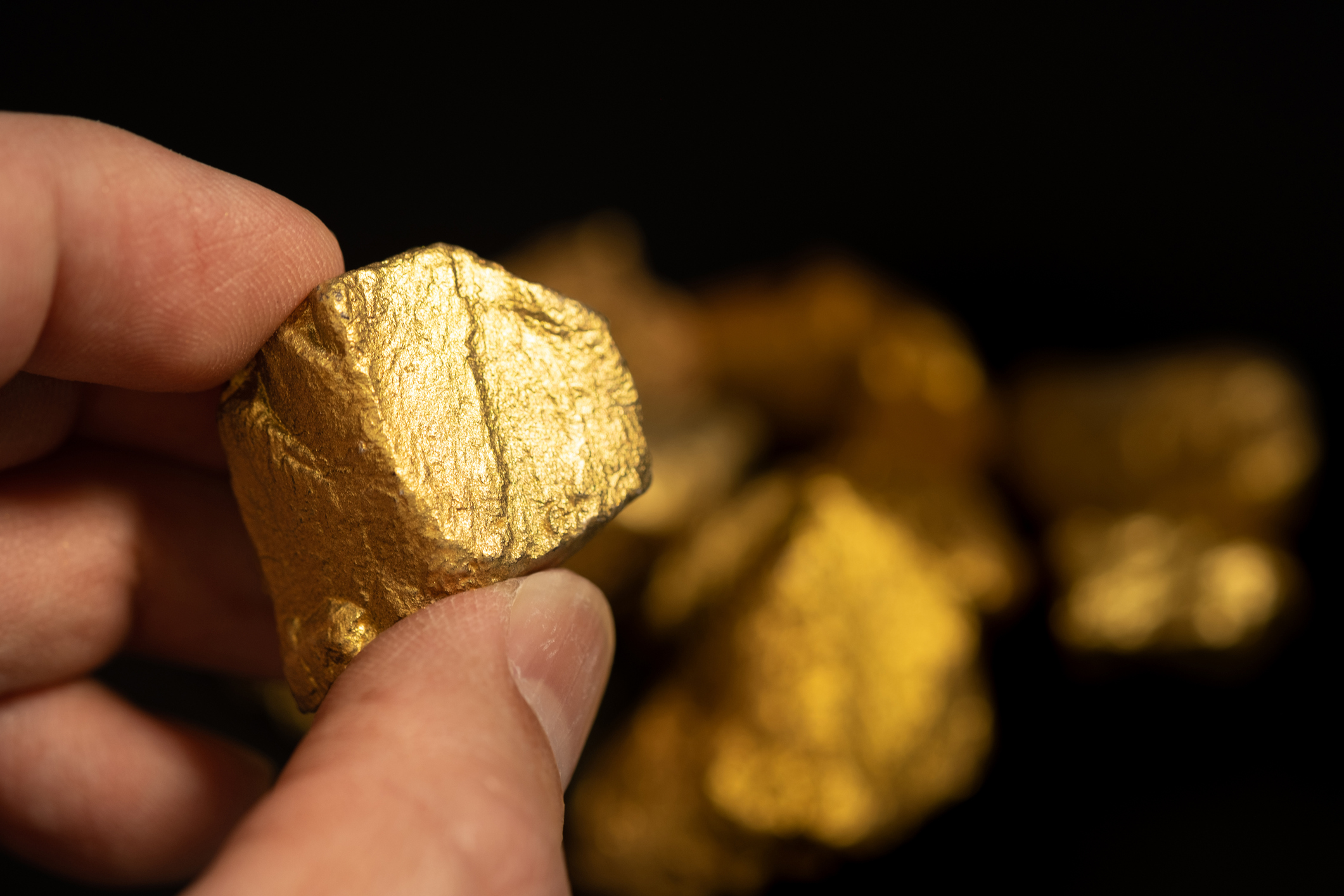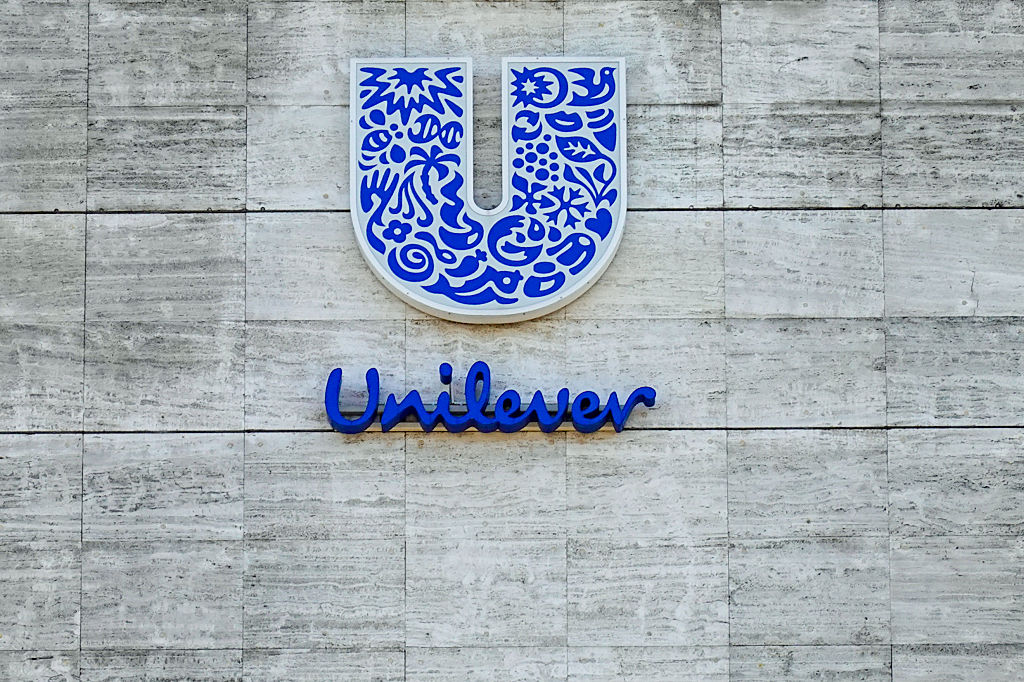How to invest in undervalued gold miners
The surge in gold and other precious metals has transformed the economics of the companies that mine them. Investors should cash in, says Rupert Hargreaves


Gold has risen more than 60% this year to over $4,300 per ounce. In doing so, it has transformed the outlook for the gold-mining industry after years plagued by post-pandemic supply chain snarl-ups, a lack of labour and the 2022 energy crisis.
Last quarter, gold producers generated roughly 50% more free cash flow than consensus estimates, notes Jim Luke, who runs Schroders ISF Global Gold among other funds. Importantly for investors, most companies are not rushing to spend this windfall.
Miners are still running their businesses using “conservative gold price assumptions” of around $2,500 to $2,800 per ounce, and letting cash build up on their balance sheets. In the first quarter of 2025, the sector moved from a net debt to a net cash position for the first time in more than 20 years.
MoneyWeek
Subscribe to MoneyWeek today and get your first six magazine issues absolutely FREE

Sign up to Money Morning
Don't miss the latest investment and personal finances news, market analysis, plus money-saving tips with our free twice-daily newsletter
Don't miss the latest investment and personal finances news, market analysis, plus money-saving tips with our free twice-daily newsletter
Gold miners are deeply undervalued
As a result, gold miners now look deeply undervalued. Across the mining sector, the price/earnings (p/e) ratio has halved over the past decade, while the gold price has more than doubled, note Keith Watson and Robert Crayfourd, managers of the Golden Prospect Precious Metals (LSE: GPM) and CQS Natural Resources Growth and Income (LSE: CYN) investment trusts. “While there has been some recent performance, it’s not fully reflective of the current spot price, and that creates the opportunity.”
The big miners have now become cash cows, and analysts are struggling to catch up. Last week, Canaccord Genuity published a note on London-listed Fresnillo (LSE: FRES) for the second time in five weeks, revising its earnings targets higher by more than 70% for 2026.
“Our profitability profile for Fresnillo has moved faster than at any other time under our coverage,” they say. Two years ago, the firm’s capital spending commitments were consuming all of its operating cash flow. Today, cash flow exceeds spending by three times.
The cash influx is likely to lead to a rush in mergers and acquisitions (M&A) over the coming months and years. “It’s still cheaper to buy assets than to build them, and buying avoids the execution risk associated with development,” say Watson and Crayfourd. “We expect to see larger companies begin to focus on growth, which will create a bid for developers and smaller producers to be acquired.”
How to invest in gold miners
Funds that own a spread of larger miners, smaller producers and explorers could be the best way to capitalise on the sector. Golden Prospect is a pure play on precious metals, with roughly 85% in gold stocks. CQS Natural Resources has about 50% invested in precious metals miners, as this is where Watson and Crayfourd see the greatest value in the commodity space.
The BlackRock World Mining Trust (LSE: BRWM) and the open-ended BlackRock Gold and General Fund are both managed by the well-resourced Thematics and Sectors team at BlackRock, headed by mining-sector veteran Evy Hambro. As such, the investment trust team at Winterflood thinks these are some of the best ways to build exposure to the sector as a “one-stop shop” for investors looking for commodities exposure. Gold and General is a pure play, with almost 90% in gold and most of the balance in silver, while World Mining has 36% in gold.
There are also several other active funds that invest in gold and precious metals, as well as a growing number of passive exchange-traded funds (ETFs) that track various gold-mining benchmarks. The latter include Van Eck Gold Miners (LSE: GDGB) and L&G Gold Mining (LSE: AUCP). Both of these have done very well over the past year, but as the difference in returns – 83% versus 103% – shows, different funds and indices can have very different outcomes.
This article was first published in MoneyWeek's magazine. Enjoy exclusive early access to news, opinion and analysis from our team of financial experts with a MoneyWeek subscription.
Get the latest financial news, insights and expert analysis from our award-winning MoneyWeek team, to help you understand what really matters when it comes to your finances.

Rupert is the former deputy digital editor of MoneyWeek. He's an active investor and has always been fascinated by the world of business and investing. His style has been heavily influenced by US investors Warren Buffett and Philip Carret. He is always looking for high-quality growth opportunities trading at a reasonable price, preferring cash generative businesses with strong balance sheets over blue-sky growth stocks.
Rupert has written for many UK and international publications including the Motley Fool, Gurufocus and ValueWalk, aimed at a range of readers; from the first timers to experienced high-net-worth individuals. Rupert has also founded and managed several businesses, including the New York-based hedge fund newsletter, Hidden Value Stocks. He has written over 20 ebooks and appeared as an expert commentator on the BBC World Service.
-
 Goodwin: A superlative British manufacturer to buy now
Goodwin: A superlative British manufacturer to buy nowVeteran engineering group Goodwin has created a new profit engine. But following its tremendous run, can investors still afford the shares?
-
 Is US stock market exceptionalism over?
Is US stock market exceptionalism over?US stocks trailed the rest of the world in 2025. Is this a sign that a long-overdue shift is underway?
-
 Goodwin: A superlative British manufacturer to buy now
Goodwin: A superlative British manufacturer to buy nowVeteran engineering group Goodwin has created a new profit engine. But following its tremendous run, can investors still afford the shares?
-
 A change in leadership: Is US stock market exceptionalism over?
A change in leadership: Is US stock market exceptionalism over?US stocks trailed the rest of the world in 2025. Is this a sign that a long-overdue shift is underway?
-
 A reckoning is coming for unnecessary investment trusts
A reckoning is coming for unnecessary investment trustsInvestment trusts that don’t use their structural advantages will find it increasingly hard to survive, says Rupert Hargreaves
-
 Metals and AI power emerging markets
Metals and AI power emerging marketsThis year’s big emerging market winners have tended to offer exposure to one of 2025’s two winning trends – AI-focused tech and the global metals rally
-
 8 of the best houses for sale with beautiful fireplaces
8 of the best houses for sale with beautiful fireplacesThe best houses for sale with beautiful fireplaces – from a 15th-century cottage in Kent to a 17th-century palazzo in Oxfordshire
-
 King Copper’s reign will continue – here's why
King Copper’s reign will continue – here's whyFor all the talk of copper shortage, the metal is actually in surplus globally this year and should be next year, too
-
 Luana Lopes Lara: The ballerina who made a billion from prediction markets
Luana Lopes Lara: The ballerina who made a billion from prediction marketsLuana Lopes Lara trained at the Bolshoi, but hung up her ballet shoes when she had the idea of setting up a business in the prediction markets. That paid off
-
 British blue chips offer investors reliable income and growth
British blue chips offer investors reliable income and growthOpinion Ben Russon, portfolio manager and co-head UK equities, ClearBridge Investments, highlights three British blue chips where he'd put his money